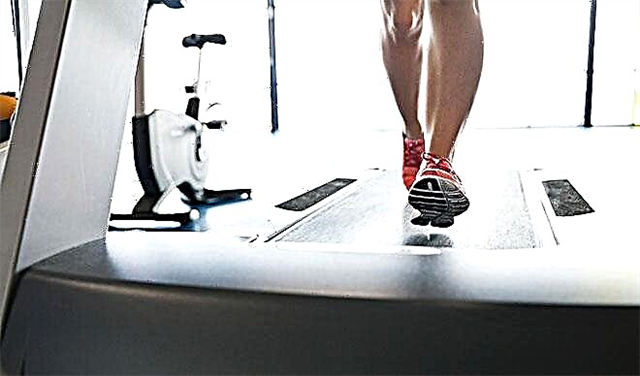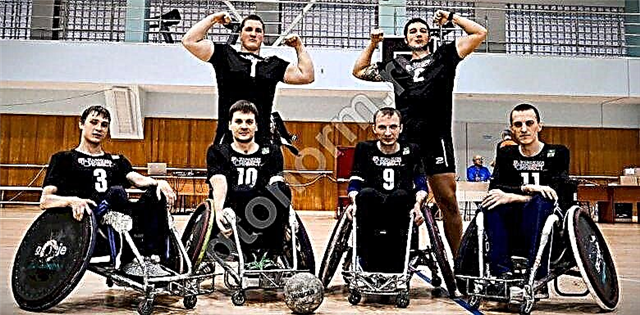Residents of big cities often have to watch the big amateur running tournaments, clearly see their organization, and sometimes participate as volunteers or runners themselves. But for residents of provincial cities, such events are not frequent.
In this article I want to tell you how an amateur long-distance running competition is organized. What are the nuances and difficulties. If you wish, based on this article, you can organize an amateur race in your village.

Preparing for the race
First of all, any sporting event must be officially registered. To do this, you need to notify the sports committee of your city, as well as the police that the race will take place. In general, having come to the sports committee, they themselves will tell all these nuances, and perhaps they will draw up all the documents for you.
In addition, you need to choose a suitable running track. It is advisable to organize the race in a place where either you do not have to block traffic at all, for example, on the embankment, or block only small sections of it and, moreover, on uninhabited streets. It is unlikely that you will be given permission to run a race along the main street. The circle can be of any length. I know a competition in which marathoners covered 57 laps. It is better, of course, to do as few circles as possible, but sometimes there is simply no such opportunity.
It is imperative that there are at least one toilets on the track. You can buy or rent a used toilet cubicle, or you can use the toilet of some institution, for example, a school that will stand along the highway. But toilets are a must, because anything can happen while you run.
Organize food points by distance. Usually there are 1-2 food points for 5 km. Be sure to put a person on them who will pour water and cola into glasses. You can also cut banana and chocolate into chunks. Distance up to 15 km it is not necessary to distribute food, but water, especially if the race takes place in hot weather, must be given.
Recruit a team of volunteers who will mark at different points the passage of the distance by individual athletes. So that no one can cut or run one less lap.
The anthem of their own country charges athletes well at the start, so it makes sense to purchase at least a small flagpole on which to hang the national flag.
Timekeepers are also needed. At least 2-3 people who will record the arrival time of the athletes.
Running a race
It is better to start the race in the morning on the day off. If the race is planned in the summer heat, it is better to start at 8 or 9 o'clock, while the sun is still not so hot.
Each participant must have a personal number that will hang on his chest. This will allow volunteers to accurately track each runner.
Runners must be divided into age categories.
At the finish, especially if the distance is very long and it is hot outside, the finishers need to be given water.
An ambulance and a police patrol car must be on duty on the track.
Here are the basics for organizing an amateur run. Of course, there are many more nuances. But in order to just have a good run, what is described in the article will be enough.
To improve your results in running at medium and long distances, you need to know the basics of running, such as correct breathing, technique, warm-up, the ability to make the right eyeliner for the day of the competition, do the right strength work for running and others. Therefore, I recommend that you familiarize yourself with the unique video tutorials on these and other topics from the author of the site scfoton.ru, where you are now. For readers of the site, video tutorials are completely free. To get them, just subscribe to the newsletter, and in a few seconds you will receive the first lesson in a series on the basics of proper breathing while running. Subscribe here: Running video tutorials ... These lessons have already helped thousands of people and will help you too.












